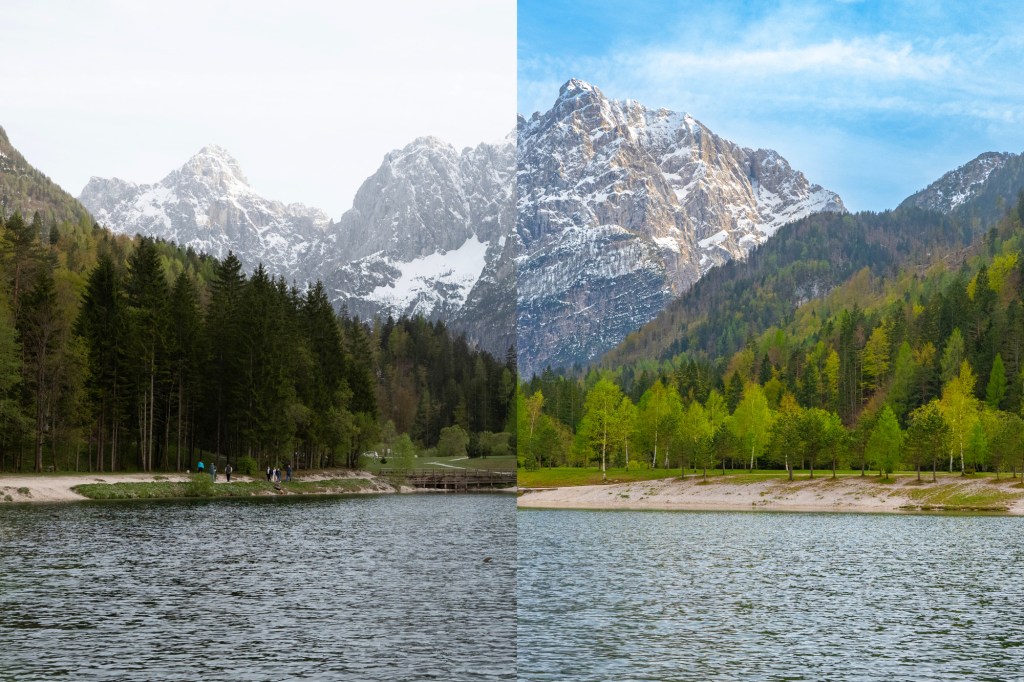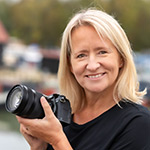When I first started to take photography seriously, I spent huge amounts of time looking at other photographer’s work, trying to determine what separated a good image from a really great image. And it was quite a shock when I realised that the answer was photo editing – or ‘post processing’ as it’s often called.
That lightbulb moment changed everything for me, and I’ve genuinely never looked back. Which is why I really struggle with the advice I often see given to beginners – that they should ‘get it right in camera’, and that anything else is just being lazy and relying on software to ‘fix’ a poorly-taken photo.
It’s also why the first thing I tell my photography or Lightroom tuition clients is that this is a complete myth – and that, from my perspective, image editing is just as much a part of photography as taking the shot in the first place, sometimes even more.
I’m not talking about stripping in a totally different sky of course, or adding hideous filters to portraits, I’m just talking about creating an image that truly represents what you saw on the day you pressed the shutter. In reality, your eyes look around a scene and ‘take’ hundreds of shots, then your brain puts them together to create one correctly exposed image – with all the highlight and shadow detail perfectly balanced. But your camera sensor simply can’t do that in a single shot, however good it is.

If the scene you’re trying to capture contains any kind of extremes of highlight and shadow (known as ‘high dynamic range’) then you have to make a decision on which one to correctly expose. If you expose for the highlights, the shadows will be too dark, and if you expose for the shadows, the highlights will be too light.
So quite often, you simply can’t take a perfectly exposed shot, however hard you try! It’s not being lazy, or relying on software to correct your mistakes – it’s just the limits of the technology for some types of subject. Especially landscapes and street scenes, where dramatic light is what often results in the most eye-catching images.
And I think that’s the key to this debate. Yes, you do have to ‘get it right in camera’, but not in the way the editing-deniers would have you believe. For me, getting it right is about capturing the best set of ‘image data’ that I can, to preserve as much highlight and shadow information as possible. Once I’ve done that, then I know the final edited image will truly represent the scene in front of me when I pressed the shutter – and isn’t that really what we’re all aiming for?
Related reading
- Best photo editing software
- How to get more dynamic range in your images
- Lightroom vs Photoshop – which is best for photo editing?
- Best photo editing apps for your phone

Gill Prince is an award-winning photographer based in Milton Keynes, specialising in commercial property and landscape photography. She is also an experienced photography and Adobe Lightroom tutor, with clients throughout the UK and beyond. Gill works with photographers at all levels, and is committed to helping people to learn photography and editing techniques in a way that works for them, and with the most appropriate equipment for their needs. She shoots with the Lumix S5 and G9 systems, and has been a passionate advocate for mirrorless technology since its inception. You can find out more about Gill at www.gillprince.com.
The views expressed in this column are not necessarily those of Amateur Photographer magazine or Kelsey Media Limited. If you have an opinion you’d like to share on this topic, or any other photography related subject, email: ap.ed@kelsey.co.uk







